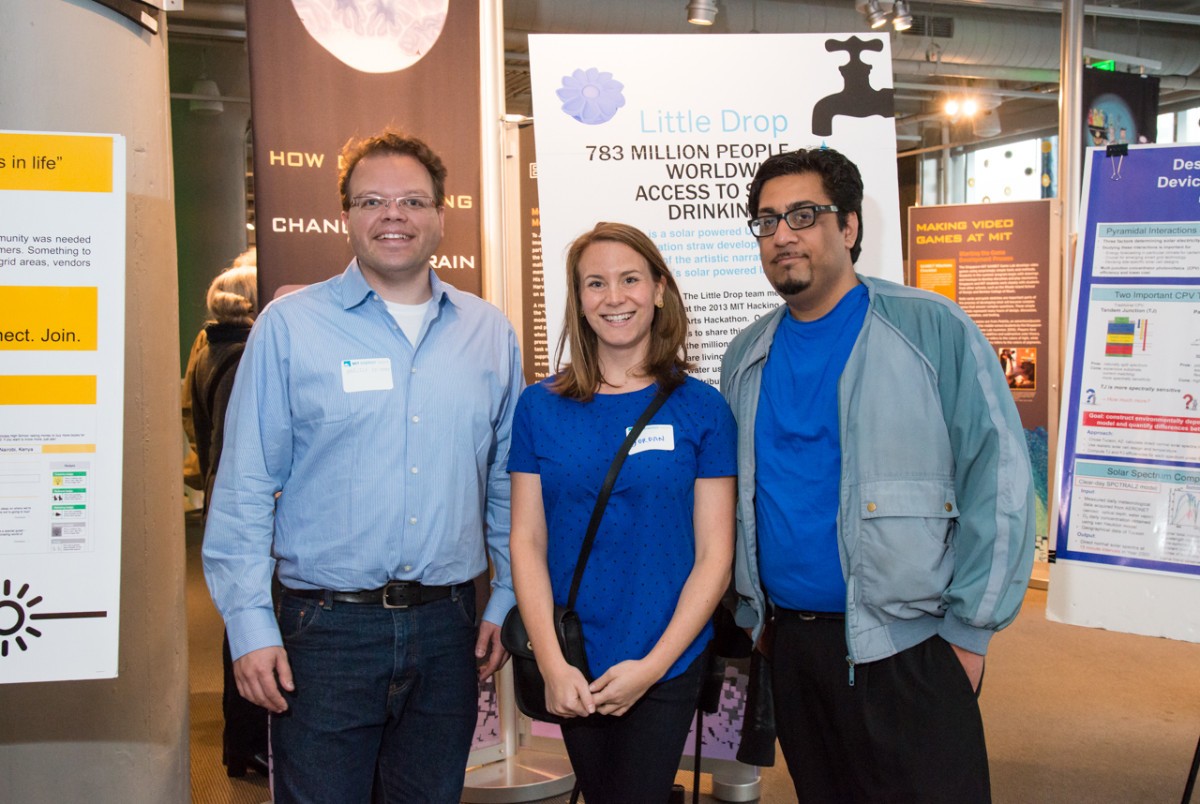
“It was the closest thing the federal government has to a hackathon,” says Jordan Rogoff, a member of the Little Drop team. Little Drop, envisioned during Hacking Arts as a spin-off of artist Olafur Eliasson’s Little Sun solar lamp, aims to provide an affordable solution for potable water. In January, the device’s creators traveled to the White House to participate in the second annual Safety Datapalooza, an event where academia, industry, and the nonprofit sector come together to “build products, services, and apps” that use freely available government data in “creative and powerful ways,” according to the government website. This year’s meeting highlighted new data resources to improve disaster preparedness and emergency response. “It was exciting to see how the private sector and federal government could work together in a successful relationship,” Rogoff says.

The Little Drop team, currently in the process of developing a water sterilization straw using solar-charged, battery-powered LED UV-C irradiation, met the new Federal Emergency Management Agency (FEMA) Innovation Team in Washington to explore how their product could help in emergency response situations. By providing access to clean water in the wake of disasters, Little Drop, the team hopes, could help prevent cholera outbreaks of the sort that ravaged Haiti after the catastrophic 2010 earthquake.
Is MIT’s open-source and collaborative culture of hacking the wave of the future? “I think that’s the way we’re going to solve these kinds of problems,” Rogoff says, “I don’t think anybody benefits from taking possession of an idea.”
2. Jordan Rogoff hacks on Little Sun at Hacking Arts. Photo: L. Barry Hetherington.
3. Safety Datapalooza. Photo: Bob Nichols.

